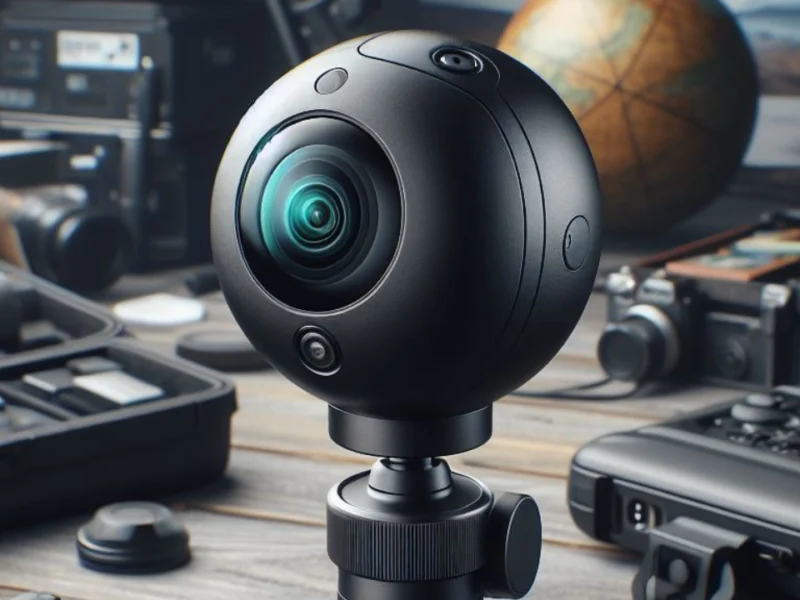
Voice Control and Google Assistant Integration on Android TV Devices
In the ever-evolving landscape of home entertainment, convenience and accessibility are paramount. With the advent of Android TV devices, voice control and Google Assistant integration have emerged as powerful features that redefine the way we interact with our TVs. In this comprehensive article, we will explore in detail how voice control and Google Assistant integration work on Android TV devices, offering insights into their capabilities, benefits, and practical applications.
Introduction
The integration of voice control and Google Assistant on Android TV devices represents a significant leap forward in user experience. It enables users to interact with their TVs using natural language, making navigation, content discovery, and device control more intuitive and efficient. Let’s delve into how these features work together to enhance the functionality of Android TV devices.
- Voice Control: A Natural Interface
Voice control is the foundation of the user interface on Android TV devices. It allows users to communicate with their TVs using spoken commands, eliminating the need for complex button presses and on-screen navigation. Voice control relies on advanced speech recognition technology to understand and execute user commands accurately.
- Google Assistant: Your Virtual Assistant
Google Assistant is the intelligent virtual assistant developed by Google. It powers voice interactions on Android TV devices, bringing a wealth of capabilities to the TV screen. Google Assistant is designed to understand natural language and engage in two-way conversations with users, making it a valuable addition to the Android TV experience.
How Voice Control and Google Assistant Work
- Wake Word Activation
Voice control on Android TV devices is typically initiated by a “wake word.” Common wake words include “Hey Google” or “OK Google.” When the device hears the wake word, it activates the voice recognition system and awaits further commands.
- Voice Command Recognition
Once activated, the Android TV device listens for voice commands from the user. These commands can range from simple tasks like adjusting volume or changing channels to more complex requests like searching for specific content or launching apps.
- Natural Language Processing
Google Assistant leverages advanced natural language processing (NLP) algorithms to understand the user’s intent. It can parse spoken sentences, extract keywords, and identify the user’s desired action or query.
- Contextual Understanding
One of the strengths of Google Assistant is its ability to maintain context during conversations. It can understand follow-up questions and provide relevant responses based on the ongoing dialogue. For example, you can ask, “What’s the weather like today?” and then follow up with, “What about tomorrow?” without repeating the location.
- Content Discovery
Voice control and Google Assistant integration extend to content discovery on Android TV devices. Users can simply say, “Show me action movies,” and the TV will display relevant results from streaming services and live TV.
- Device Control
Beyond content and entertainment, voice control allows users to manage their smart home devices. You can control lights, thermostats, and even ask Google Assistant to display security camera feeds on your TV screen.
- Voice Search
Voice search is a powerful feature that simplifies the process of finding content. You can ask questions like, “Find me documentaries about space,” and Google Assistant will retrieve relevant results across various apps and sources.
- Information Retrieval
Google Assistant can answer general knowledge questions, provide weather updates, offer news briefings, and more. It serves as a valuable source of information beyond TV-related tasks.
Benefits of Voice Control and Google Assistant Integration
- Enhanced Accessibility
Voice control makes Android TV devices more accessible to individuals with disabilities, providing an alternative interface for navigation and control.
- Simplified Navigation
Voice commands simplify the navigation of complex menus and interfaces, making it easier to find and access content quickly.
- Hands-Free Convenience
Voice control enables hands-free operation, allowing users to interact with their TVs while performing other tasks or simply lounging on the couch.
- Personalized Recommendations
Google Assistant’s contextual understanding allows for more personalized content recommendations, enhancing the user’s entertainment experience.
- Integration with Smart Home Devices
The ability to control smart home devices through voice commands adds convenience and centralizes control within the Android TV ecosystem.
Privacy and Data Security
It’s crucial to mention that while voice control and Google Assistant integration offer numerous benefits, they also involve the collection of voice data and user interactions. Google takes privacy and data security seriously and provides tools for users to review and manage their data settings. Users can delete voice recordings and limit data collection through their Google account settings.
Conclusion
Voice control and Google Assistant integration have transformed Android TV devices into intelligent and user-friendly entertainment hubs. These features simplify navigation, enhance content discovery, and offer valuable functionalities beyond traditional TV experiences. As technology continues to advance, we can anticipate even more sophisticated voice interactions and seamless integration with other smart devices, further enriching the Android TV experience. With the power of voice, Android TV devices are paving the way for the future of home entertainment.






